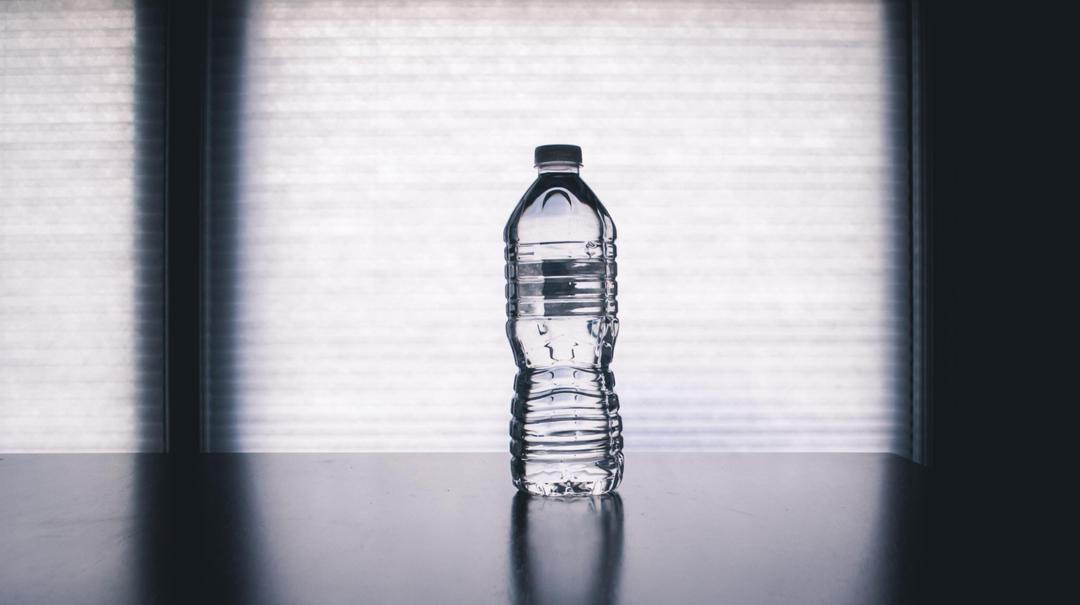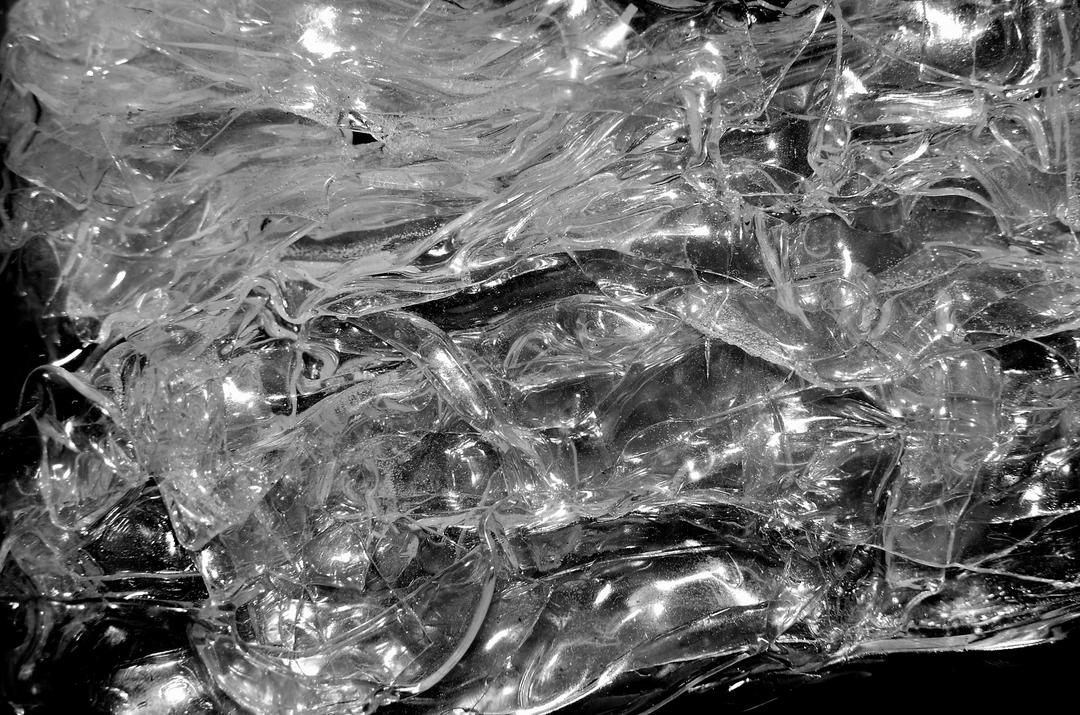As far back as 2008 there have been headlines about bisphenol A (BPA) and the controversies surrounding it. A lot of information has come out about this chemical and how exposure to it can affect our health. But what exactly is BPA? Should we be worried about it? What are some potential ways we’re exposed to it? Let’s explore these topics.
Understanding What BPA is and its Health Effects
Share This Article:

What is Bisphenol A?
BPA is an industrial chemical used commercially in consumer product packaging to extend product shelf life.
BPA-based polycarbonate plastics are clear and tough, making them the seemingly perfect candidate for a variety of plastic products, such as plastic food containers, plastic water bottles, and baby bottles. BPA is also found in the epoxy resins that coat the inside of metal products such as canned food and water supply lines.
It is well-known that small, measurable amounts of food packaging materials, including BPA, seep into food and are thus consumed.
Most of us have BPA in our bodies right now. BPA can be found in the environment in air, dust, and water. Even dental sealants can contain BPA. Unfortunately, this chemical is so widely used that it can be difficult to avoid exposure.
It wasn’t until around 2008 that the possible health risks of BPA started to come to light. This prompted widespread fear, especially among parents of young children, as many products for babies and children contained BPA.
Due to the controversies surrounding the use of BPA, the major companies in the United States who make baby bottles, sippy cups, and canned baby formula have stopped using it in their products.
Negative Effects of BPA Exposure
Many research studies demonstrate the harmful health effects of BPA. Still, the Environmental Protection Agency (EPA) has yet to take action to regulate BPA because they were predominantly animal studies. As a result, it is still unknown to what extent BPA affects humans.

That being said, here is what the studies tell us about BPA exposure:
-
Endocrine disruptor . BPA is thought to be an endocrine disruptor, which is a substance that mimics hormones, such as estrogen, in the body and can lead to potential health risks such as infertility, breast cancer, and negative impacts on the reproductive system. Other endocrine-disrupting toxins include dioxin, phthalates, perchlorate, certain pesticides, lead, and mercury. Many skin, hair, and body products contain endocrine disruptors in their ingredient lists.
-
Heart problems. Rat studies demonstrated a link between BPA exposure and abnormal heart function resulting in slowed heart rate and heart rate variability. There is also a question as to whether or not BPA is linked to high blood pressure.
-
Brain function. Studies performed on baby rats suggest that exposure to BPA disturbs neurodevelopment and behavior later in life.
-
Obesity. Research suggests prenatal exposure to BPA affects long-term body weight development by altering fat cells.
These effects are especially concerning for babies and children since their bodies are still developing and are less efficient at clearing substances from their systems.
BPA in your water
You might be wondering if BPA is present in your water supply and the water bottles you drink from. The answer is yes, it is possible.

Data suggests that the fraction of drinking water measurements of BPA reported as less than the detection limit is high (at least 95 percent) in North America. Also, human biomonitoring data indicate that ingestion of drinking water represents less than 2.8 percent of the total human ingestion of BPA. Therefore, BPA in drinking water represents a minor component of overall human exposure.
However…
It has been shown that BPA can leach into water from the plastic bottles the water is stored in.
Research has demonstrated that considerable amounts of BPA leached from polycarbonate bottles within the first 24 hours of storage.
Additionally, it was observed that significantly higher levels of BPA were found in unfiltered taps when compared with taps with filtration system
What does the FDA say?
The U.S. Food and Drug Administration’s (FDA) current stance is that BPA in foods is in low enough concentrations not to pose a risk to human health. However, they continue to review the available evidence on an ongoing basis. But for now, their recommendations have not changed.
Note that the decision not to use BPA in baby bottles, sippy cups, and packaging for infant formula was not a decision based on safety but, according to the FDA, is “based on the fact that the regulatory authorization is no longer necessary for the specific use of the food additive because that use has been permanently and completely abandoned.”
The European Union and Canada have banned BPA from being used in baby bottles. However, the European Food Safety Authority maintains that known exposure to BPA is safe for humans.
The United States government is funding new research to better understand BPA’s risks, so the recommendations could change in the coming years.
How to limit exposure
Overall, the available data are conflicting regarding whether BPA should be avoided. However, if you are concerned, there are ways to decrease your and your family’s exposure to BPA:
-
Use a water filter. A water filter can filter out BPA and other contaminants.
-
Look for products specifically labeled ‘BPA-free.’ BPA-free water bottles, food storage products, and baby bottles are more widely available now than in the past. Note that plastics with recycle codes 3 or 7 on the bottom may contain BPA.
-
Look for infant formula labeled ‘BPA-free.’ If not labeled, choose powder over liquid, as the liquid is more likely to absorb BPA from the package lining. And be sure to serve your infant their formula in a BPA-free bottle.
-
Reduce your usage of canned food. Most cans are lined with BPA-containing resin. Choose fresh or frozen foods whenever possible.
-
Choose non-plastic containers for food. Glass and stainless steel food storage containers do not contain BPA.
-
Do not heat plastic containers. The heat from the microwave or dishwasher can cause BPA to leach out of storage containers and into food. Always hand-wash plastic plates and cups.
With all of the potential health risks of BPA, it’s not a bad idea to try and limit your exposure. Our Clearly Filtered water filtration systems can help! Designed to remove over 99% of BPA from your drinking water, Clearly Filtered water filters are a great way to protect you and your family from daily ingestion of BPA. Explore the different options today!
References
1. Arnold, S. M., Clark, K. E., Staples, C. A., Klecka, G. M., Dimond, S. S., Caspers, N., & Hentges, S. G. (2013). Relevance of drinking water as a source of human exposure to bisphenol A. Journal of Exposure Science & Environmental Epidemiology, 23(2), 137-144.
2. Center for Food Safety and Applied Nutrition. (2018, February 6). Public Health Focus - Bisphenol A (BPA): Use in Food Contact Application. https://www.fda.gov/newsevents/publichealthfocus/ucm064437.htm
3. Environmental Working Group. (2013, October 28). Dirty Dozen Endocrine Disruptors. https://www.ewg.org/research/dirty-dozen-list-endocrine-disruptors
4. European Food Safety Authority. (n.d.). Bisphenol A. http://www.efsa.europa.eu/en/topics/topic/bisphenol
5. Honeycutt, J., Nguyen, J., Kentner, A., & Brenhouse, H. (2017). Effects of Water Bottle Materials and Filtration on Bisphenol A Content in Laboratory Animal Drinking Water. Journal of the American Association for Laboratory Animal Science, 56(3), 269-272.
6. Ibarra, V. G., Quirós, A. R., Losada, P. P., & Sendón, R. (2018). Identification of intentionally and non-intentionally added substances in plastic packaging materials and their migration into food products—Analytical and Bioanalytical Chemistry.
7. Junge, K. M., Leppert, B., Jahreis, S., Wissenbach, D. K., Feltens, R., Grützmann, K., . . . Lehmann, I. (2018). MEST mediates the impact of prenatal bisphenol A exposure on long-term body weight development. Clinical Epigenetics, 10(1).
8. Ramadan, M., Sherman, M., Jaimes, R., Chaluvadi, A., Swift, L., & Posnack, N. G. (2018). Disruption of neonatal cardiomyocyte physiology following exposure to bisphenol-a. Scientific Reports, 8(1).
9. Ubuka, T., Moriya, S., Soga, T., & Parhar, I. (2018). Identification of Transmembrane Protease Serine 2 and Forkhead Box A1 As the Potential Bisphenol A Responsive Genes in the Neonatal Male Rat Brain. Frontiers in Endocrinology, 9.
10. Viguié, C., Mhaouty-Kodja, S., Habert, R., Chevrier, C., Michel, C., & Pasquier, E. (2018). Evidence-based adverse outcome pathway approach for the identification of BPA as an endocrine disruptor in relation to its effect on the estrous cycle. Molecular and Cellular Endocrinology.



